- myFICO® Forums
- FICO Scoring and Other Credit Topics
- Understanding FICO® Scoring
- Help me understand when to pay off balance
- Subscribe to RSS Feed
- Mark Topic as New
- Mark Topic as Read
- Float this Topic for Current User
- Bookmark
- Subscribe
- Mute
- Printer Friendly Page
Help me understand when to pay off balance
Is your credit card giving you the perks you want?
Browse credit cards from a variety of issuers to see if there's a better card for you.
- Mark as New
- Bookmark
- Subscribe
- Mute
- Subscribe to RSS Feed
- Permalink
- Report Inappropriate Content
Help me understand when to pay off balance
Please let me know if I have this correct.
Lets say I have a credit card that has a zero balance and hasn't been used in a few months.
Due Date is on the 12th of each month
Statement Date is on the 15th of each month
Reporting date is on the 18th of each month ( I am guessing at this. Just assuming it is right after the statement posts)
So on Jan 1st my balance is 0
Jan 5th I charge $100 to the card
Jan 12th I do not have a payment due since there was no balance from previous statement.
Jan 15th my new statement prints and shows a balance of $100 with a minimum payment of $25
Now when the card reports the balance on the 18th will it report that I am carrying a 100 balance, or does it still show 0 until the next statement since I am still not technically "carrying a balance" to the next month?
fast forward to February.
No new charges on the card
Feb 12th I make a $25 payment
Feb 15th new statment prints and shows a balance of $76.50 ($75 + 1.50 interest)
Now the card should report a 76.50 balance to the CB right?
- Mark as New
- Bookmark
- Subscribe
- Mute
- Subscribe to RSS Feed
- Permalink
- Report Inappropriate Content
Re: Help me understand when to pay off balance
My comments below in blue.
================
@Anonymous wrote:Please let me know if I have this correct.
Lets say I have a credit card that has a zero balance and hasn't been used in a few months.
Due Date is on the 12th of each month
Statement Date is on the 15th of each month
Reporting date is on the 18th of each month ( I am guessing at this. Just assuming it is right after the statement posts)
So on Jan 1st my balance is 0
Jan 5th I charge $100 to the card
Jan 12th I do not have a payment due since there was no balance from previous statement.
Jan 15th my new statement prints and shows a balance of $100 with a minimum payment of $25
Now when the card reports the balance on the 18th will it report that I am carrying a 100 balance, or does it still show 0 until the next statement since I am still not technically "carrying a balance" to the next month?
It will report a balance of $100. It will not "report that you are carrying a balance." Reporting a balance is what the issuer does when it tells a credit bureau what your balance was at the time the statement cut. Carrying a balance is something you do when you choose not to pay the Amount Owed on the statement in full.
fast forward to February.
No new charges on the card
Feb 12th I make a $25 payment
Feb 15th new statment prints and shows a balance of $76.50 ($75 + 1.50 interest)
Now the card should report a 76.50 balance to the CB right?
Yes. Assuming that $1.50 is in fact the interest that the issuer charges and assuming you made no payments in the intervening period.
- Mark as New
- Bookmark
- Subscribe
- Mute
- Subscribe to RSS Feed
- Permalink
- Report Inappropriate Content
Re: Help me understand when to pay off balance
@Anonymous wrote:Please let me know if I have this correct.
Lets say I have a credit card that has a zero balance and hasn't been used in a few months.
Due Date is on the 12th of each month
Statement Date is on the 15th of each month
Reporting date is on the 18th of each month
It could be anything, and varies widely. It doesn't matter what the reporting date is. What matters is the statement date which is almost always the balance that is reported.
( I am guessing at this. Just assuming it is right after the statement posts)
So on Jan 1st my balance is 0
Jan 5th I charge $100 to the card
Jan 12th I do not have a payment due since there was no balance from previous statement.
Jan 15th my new statement prints and shows a balance of $100 with a minimum payment of $25
Now when the card reports the balance on the 18th will it report that I am carrying a 100 balance,
When the card reports it will report a $100 balance. That is not "carrying" a balance. "Carrying" a balance means carrying it over to another statement period. If you pay it off before January 15th it won't be carried.
or does it still show 0 until the next statement since I am still not technically "carrying a balance" to the next month?
It reports the actual posted balance which is $100. It doesn't report only what's "carried"
fast forward to February.
No new charges on the card
Feb 12th I make a $25 payment
Not a great idea to make minimum payment
Not a great idea to make payment at last minute
Feb 15th new statment prints and shows a balance of $76.50 ($75 + 1.50 interest)
Now the card should report a 76.50 balance to the CB right?
Correct

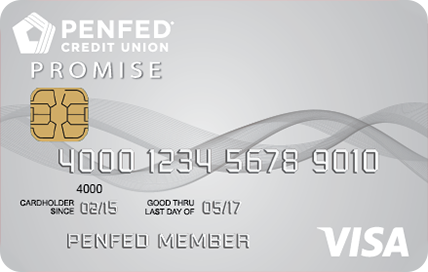

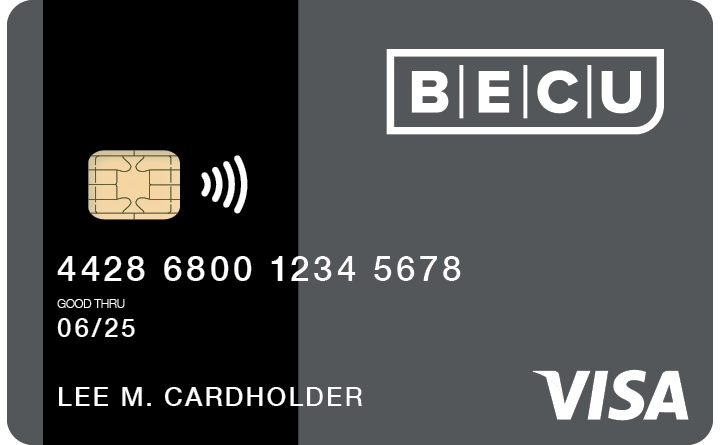
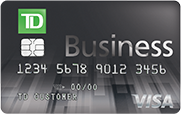

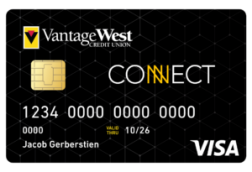
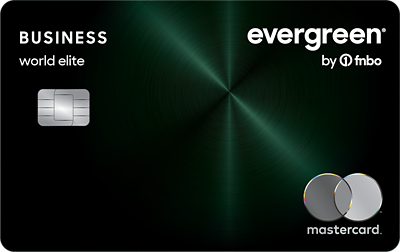



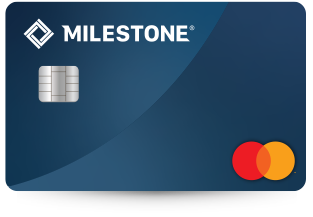
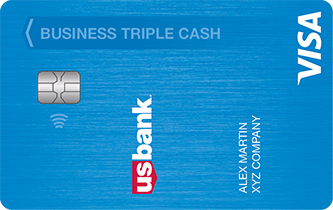

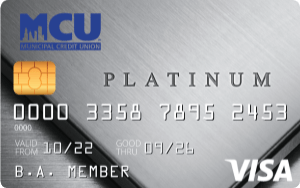
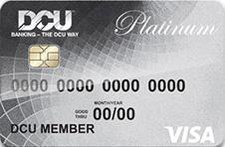
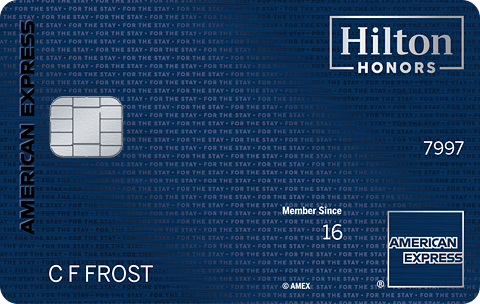
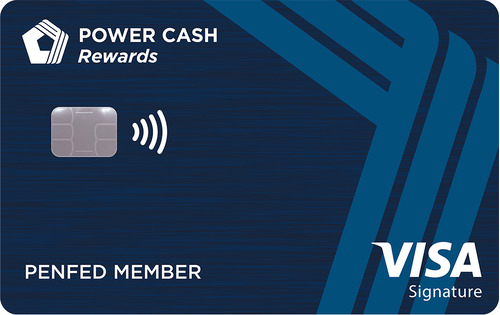
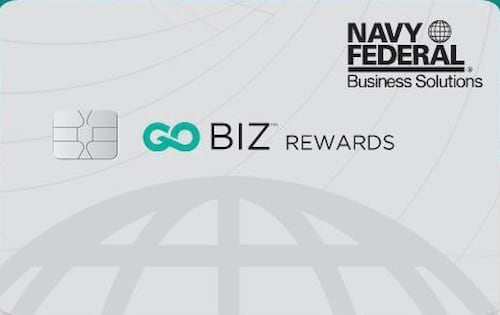

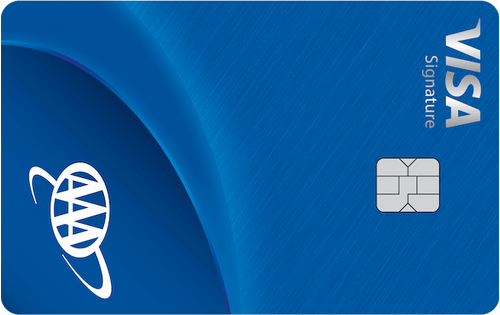

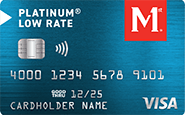
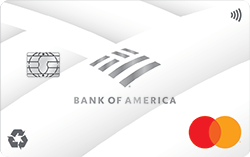


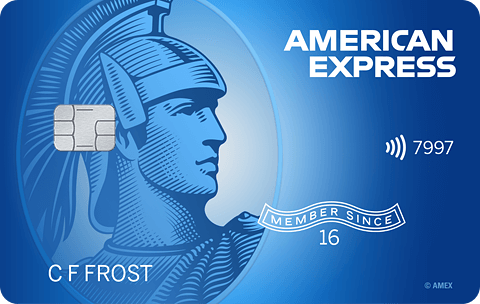
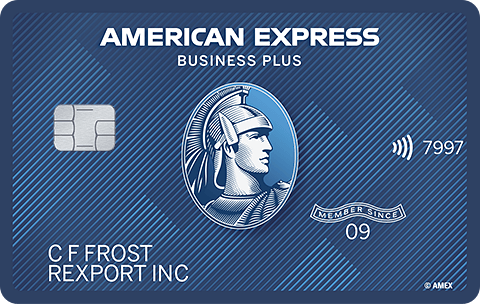



Total revolving limits 569520 (505320 reporting) FICO 8: EQ 689 TU 691 EX 682
- Mark as New
- Bookmark
- Subscribe
- Mute
- Subscribe to RSS Feed
- Permalink
- Report Inappropriate Content
Re: Help me understand when to pay off balance
Both are great answers to tim1970's questions,
This will certainly help others who have questions about how payments, or lack thereof, impacts statements and paying interest. Many of us do not know the differences between Paid in Full, Reporting a Balance, and Carrying a Balance.
For the longest time, I myself was not to sure about how this works either. The first few times I PIF'd, I was still a little nervous since between the time the statement cut, I had made additional charges but was happy to see no interest was being charged. Now that is a "good" feeling ;-)
Good questions and excellent answers/insights!
(-:
- Mark as New
- Bookmark
- Subscribe
- Mute
- Subscribe to RSS Feed
- Permalink
- Report Inappropriate Content
Re: Help me understand when to pay off balance
I hope that makes sense.
7/2020: EQ - 842; TU - 832; EX - 848
10/2017: EQ - 823; TU - 835; EX - 824
05/2016: EQ - 712; TU - 706; EX - 710
11/2015: EQ - 694; TU - 651; EX - 653
5/2015: EQ - 670
5/2014: EQ - 653
11/2013: EQ - 645
05/2013: EQ - 656
11/2012: EQ - 646
Eight CCs ($179,500 CL, 0%-1% UTIL)
AoOA = 18.6 years, AAoA = 60 mos., AoYA = 18 mos.
One mortgage, one HELOC, no car loans.
Derogs from 2009 and 2010 now gone after 7 years. I started paying attention to credit scores in about 2014. It's taken a few years but credit scores are now good after starting in the high 500s back in 2011
- Mark as New
- Bookmark
- Subscribe
- Mute
- Subscribe to RSS Feed
- Permalink
- Report Inappropriate Content
Re: Help me understand when to pay off balance
@909 wrote:
The thing I didn't get until learning it here is that you can PIF every month and still report a high utilization if you don't pay before the balance is reported. The timing of PIF can affect scores. Back when I had a single revolver and a much lower total CL I'd often report 50% - 80% util. Once I started to PIF before the balance was reported my scores increased.
I hope that makes sense.
Same here, I was shocked to learn that with exactly the same "utilization" in the generic sense, one's "utilization" in the FICO sense can be shockingly different.
The type of example I give to those to whom I'm trying to explain it:
1. A and B each have 3 cards with limits of 5k each, and each made $7500 in purchases during the month.
2. A paid the accounts down to zero the day before the statements cut, while B waited 1 day and then paid them down to zero the day the statements cut.
3. A's FICO utilization is 0%, while B's is 50%.
As far as it "making sense"...... I don't think so ![]()































Total revolving limits 569520 (505320 reporting) FICO 8: EQ 689 TU 691 EX 682
- Mark as New
- Bookmark
- Subscribe
- Mute
- Subscribe to RSS Feed
- Permalink
- Report Inappropriate Content
Re: Help me understand when to pay off balance
@SouthJamaica wrote:
@909 wrote:
The thing I didn't get until learning it here is that you can PIF every month and still report a high utilization if you don't pay before the balance is reported. The timing of PIF can affect scores. Back when I had a single revolver and a much lower total CL I'd often report 50% - 80% util. Once I started to PIF before the balance was reported my scores increased.
I hope that makes sense.Same here, I was shocked to learn that with exactly the same "utilization" in the generic sense, one's "utilization" in the FICO sense can be shockingly different.
The type of example I give to those to whom I'm trying to explain it:
1. A and B each have 3 cards with limits of 5k each, and each made $7500 in purchases during the month.
2. A paid the accounts down to zero the day before the statements cut, while B waited 1 day and then paid them down to zero the day the statements cut.
3. A's FICO utilization is 0%, while B's is 50%.
As far as it "making sense"...... I don't think so
FWIW the people who backstop the majority of mortgages underwritten in the United States agree with you.
It's finally starting to change, while I'll still FICO strategize (probably for the rest of my life) I think getting trended data in to not penalize people for the proper use of credit cards is undeniably a good thing, it will just be a while before it gets integrated into any credit scoring algorithm though I suspect the writing is now on the wall.





















- Mark as New
- Bookmark
- Subscribe
- Mute
- Subscribe to RSS Feed
- Permalink
- Report Inappropriate Content
Re: Help me understand when to pay off balance
^^^ Thanks to both of you for confirming what I was 99% certain was true. It just seemed so odd when I discovered it, but I've also since learned the rationale on this forum (that being that databases were previously not equipped to store more than a monthly snapshot).
7/2020: EQ - 842; TU - 832; EX - 848
10/2017: EQ - 823; TU - 835; EX - 824
05/2016: EQ - 712; TU - 706; EX - 710
11/2015: EQ - 694; TU - 651; EX - 653
5/2015: EQ - 670
5/2014: EQ - 653
11/2013: EQ - 645
05/2013: EQ - 656
11/2012: EQ - 646
Eight CCs ($179,500 CL, 0%-1% UTIL)
AoOA = 18.6 years, AAoA = 60 mos., AoYA = 18 mos.
One mortgage, one HELOC, no car loans.
Derogs from 2009 and 2010 now gone after 7 years. I started paying attention to credit scores in about 2014. It's taken a few years but credit scores are now good after starting in the high 500s back in 2011
- Mark as New
- Bookmark
- Subscribe
- Mute
- Subscribe to RSS Feed
- Permalink
- Report Inappropriate Content
Re: Help me understand when to pay off balance
I guess I am still unsure about 1 thing still.
If I have a card that has had a 0 balance for several months. Then on the 5th I charge $100. My statement prints on the 12th and shows a $100 balance. Even though I have not had a full cycle to pay the balance, when my CC company reports a few days after the statement prints, will it show that I am carrying a $100 balance, even though my first payment is not even due yet?
- Mark as New
- Bookmark
- Subscribe
- Mute
- Subscribe to RSS Feed
- Permalink
- Report Inappropriate Content
Re: Help me understand when to pay off balance
@909 wrote:^^^ Thanks to both of you for confirming what I was 99% certain was true. It just seemed so odd when I discovered it, but I've also since learned the rationale on this forum (that being that databases were previously not equipped to store more than a monthly snapshot).
Yup, that's it.
For the next several years we'll be in a transitional time between the old paradigm, where a FICO-without-memory used utilization at an instant, and the new paradigm, where credit scoring systems will be able to use the richer trended data (which remembers every CC balance and for each balance how much of it you paid, stretching back at least 24 months or more).
During this time it makes sense for savvy consumers to optimize their credit profiles both ways (as Revelate alludes to). That is, if they haven't been doing this already, they should (ASAP) begin paying all of their CC balances in full each month, so that they begin establishing a history for themselves as a transactor. (That's always made a ton of sense just to avoid paying interest -- now there is a credit scoring reason to do it.) This will help them with the new paradigm -- though they need to be doing it for a while to get the full advantage.
But they should also execute the same steps they used for the old paradigm:
* Keep total utilization reasonably low (< 29%) most months
* Keep individual utilization reasonably low (< 49%) most months
* And most importantly, in the 45 days before an important credit pull, make sure all cards are reporting zero except one (AZEO) with the remaining card reporting something small ($10, $20, whatever).
(The first two bullets are there really just to prevent creditors from getting worried about you... you can probably be much higher with no real risk of adverse action, depending on your profile. It's AZEO before an important pull that is the important thing in the old paradigm.)